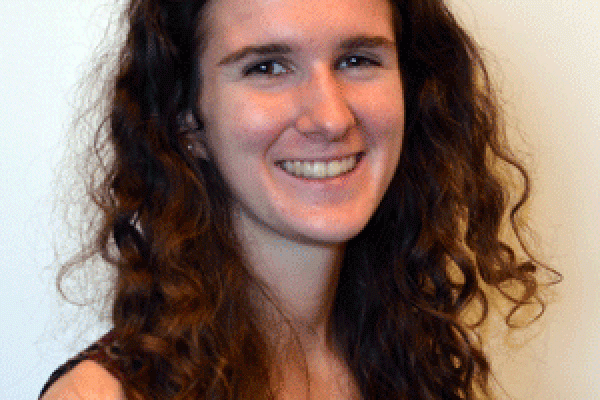
When participants transfer clusters during a trial, they experience membership and its related effects in more than one cluster, called multiple membership. This dissertation presents the first power and sample size formulae to account for multiple membership in stepped wedge cluster randomized trials and in parallel trials with multiple membership allowed to span multiple treatment arms. These formulae demonstrate that multiple membership can be beneficial for study power, allowing for smaller sample sizes.
A key aim of this dissertation is to understand the impacts of cluster mobility on type I error and power to detect a treatment effect. The dissertation proposes mechanisms to quantify both random participant transfer and any resulting spread of the intervention to control-assigned participants, called contamination. Another concern of this dissertation is the impact of model misspecification as a consequence of cluster mobility on hypothesis test performance. Contamination can make it difficult to know the true intervention exposure of participants, which can lead to treatment misspecification, and data on cluster transfers and their timing are not always recorded, which can lead to membership misspecification.
Monte Carlo simulations of cross-sectional stepped wedge cluster randomized trials with cluster mobility were used to quantify the impacts of cluster mobility on type I error and power. A range of generating parameters for the simulations was chosen based on a review of mobility literature and available US school data, participant transfer and contamination were simulated according to the proposed mechanisms, and the resulting simulated trial data were analyzed using linear mixed models with a variety of treatment and membership specification methods. These simulations demonstrated that type I error is typically maintained and power to detect a treatment effect typically decreases as the percentage of participants who transfer during the trial increases, in a variety of design and analysis scenarios.
Lastly, guidance is provided for investigators planning cluster randomized trials in populations with nonignorable cluster mobility.
